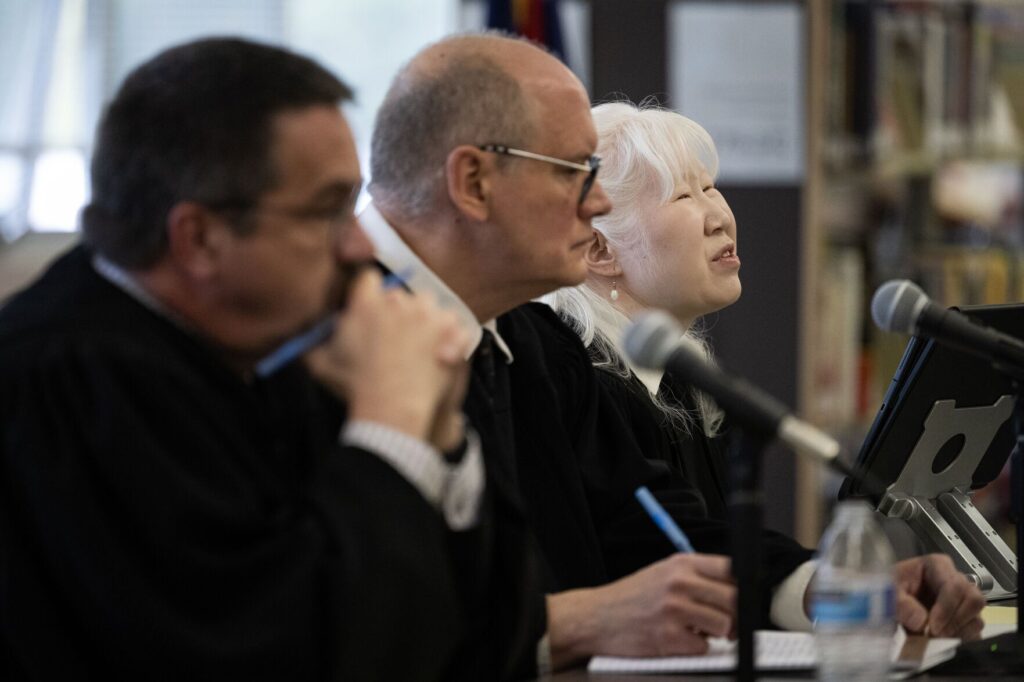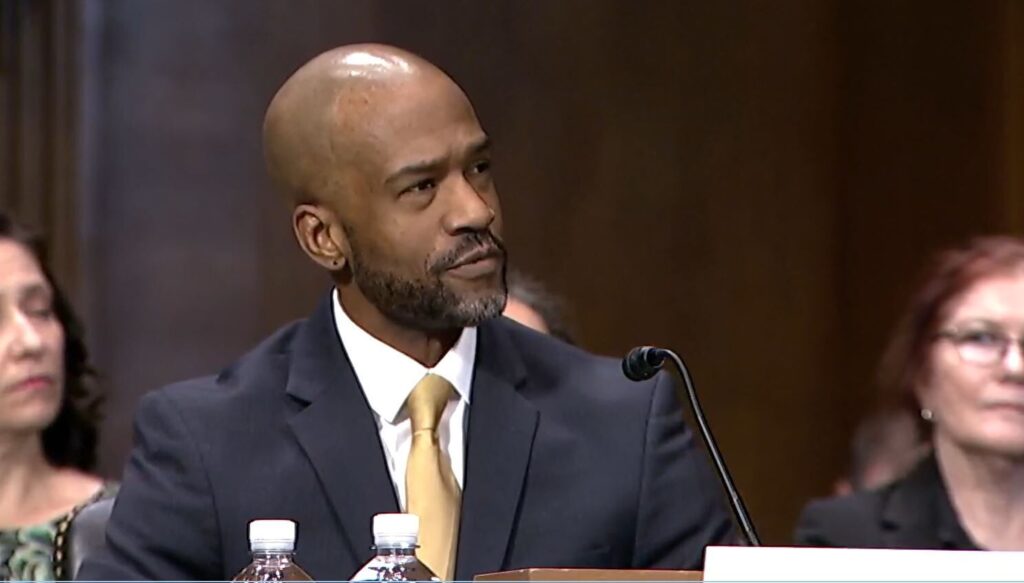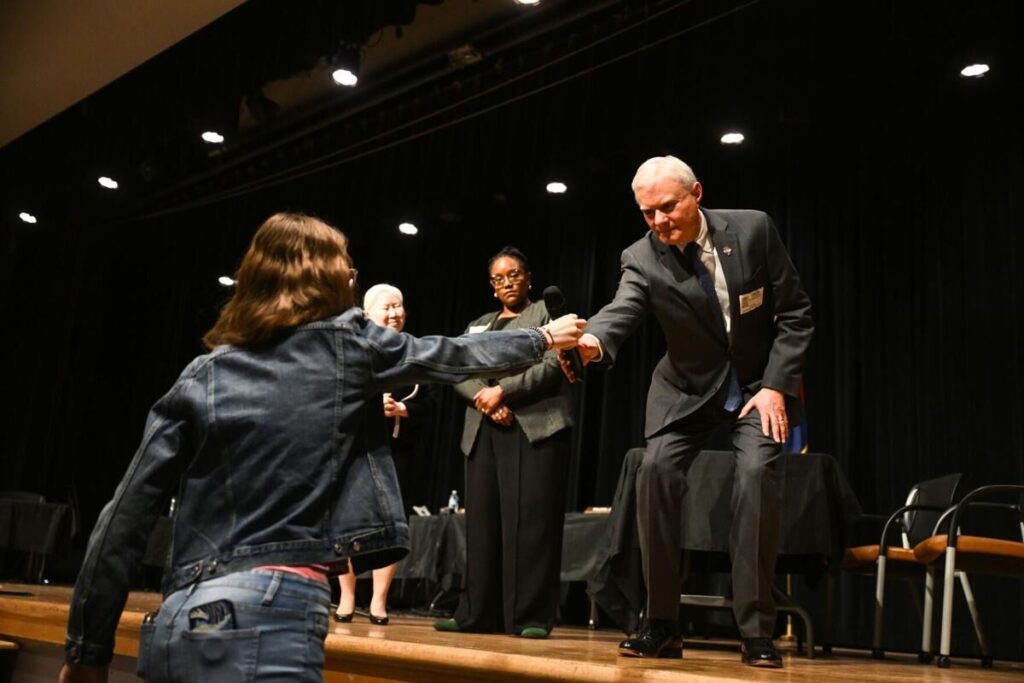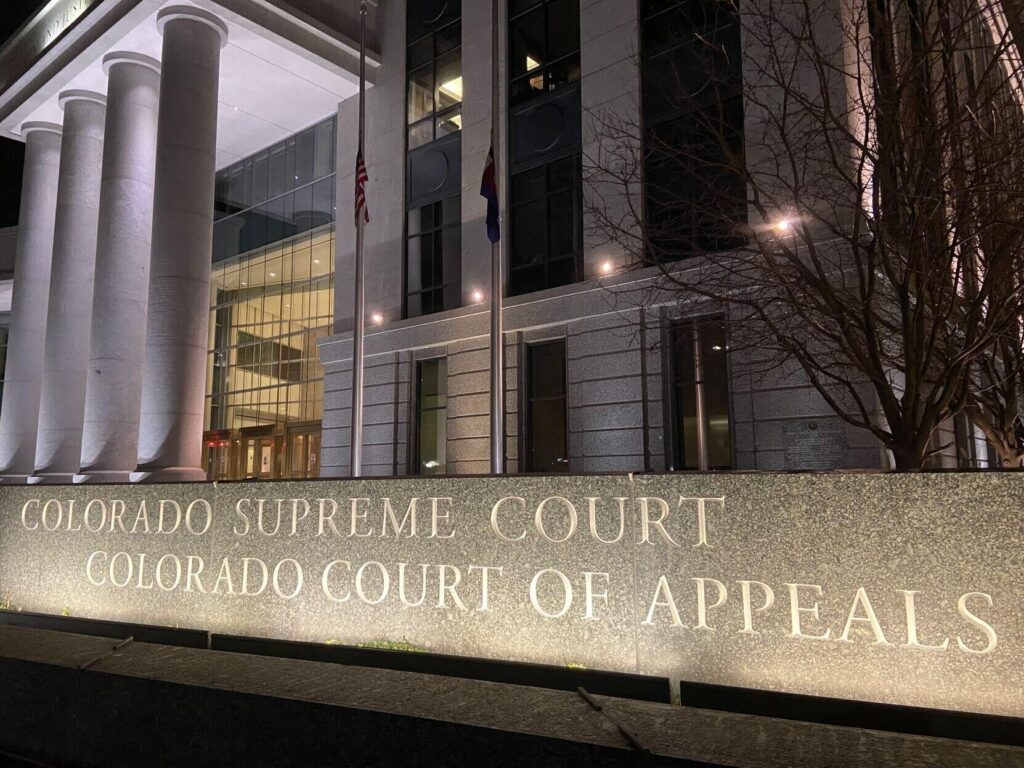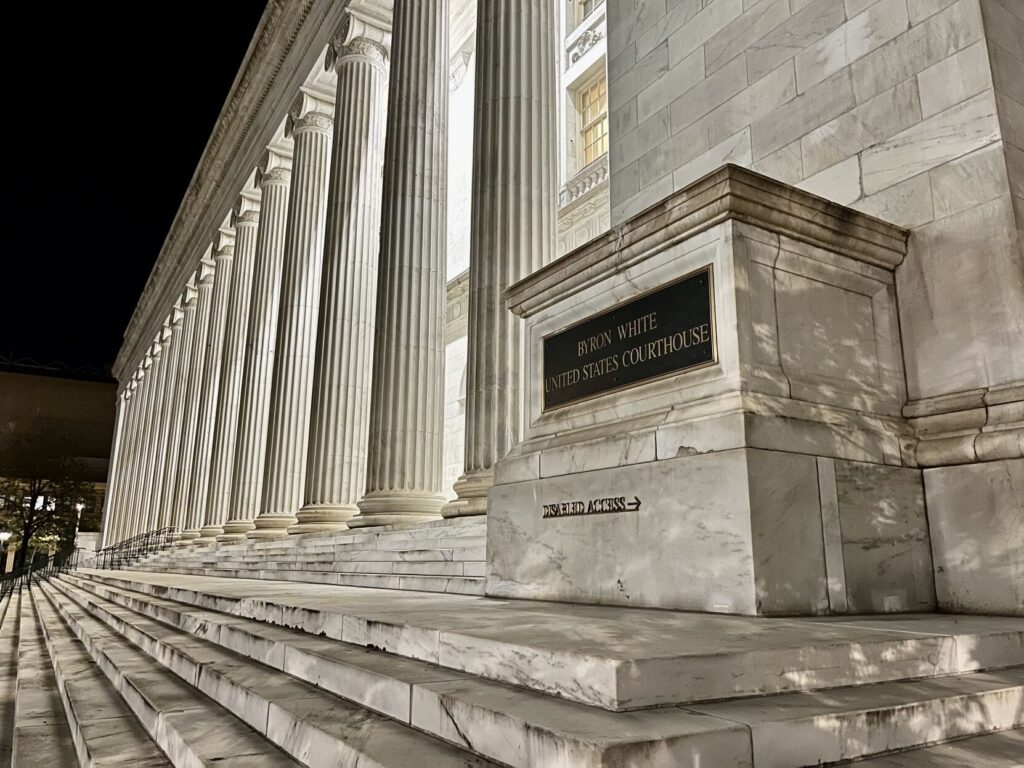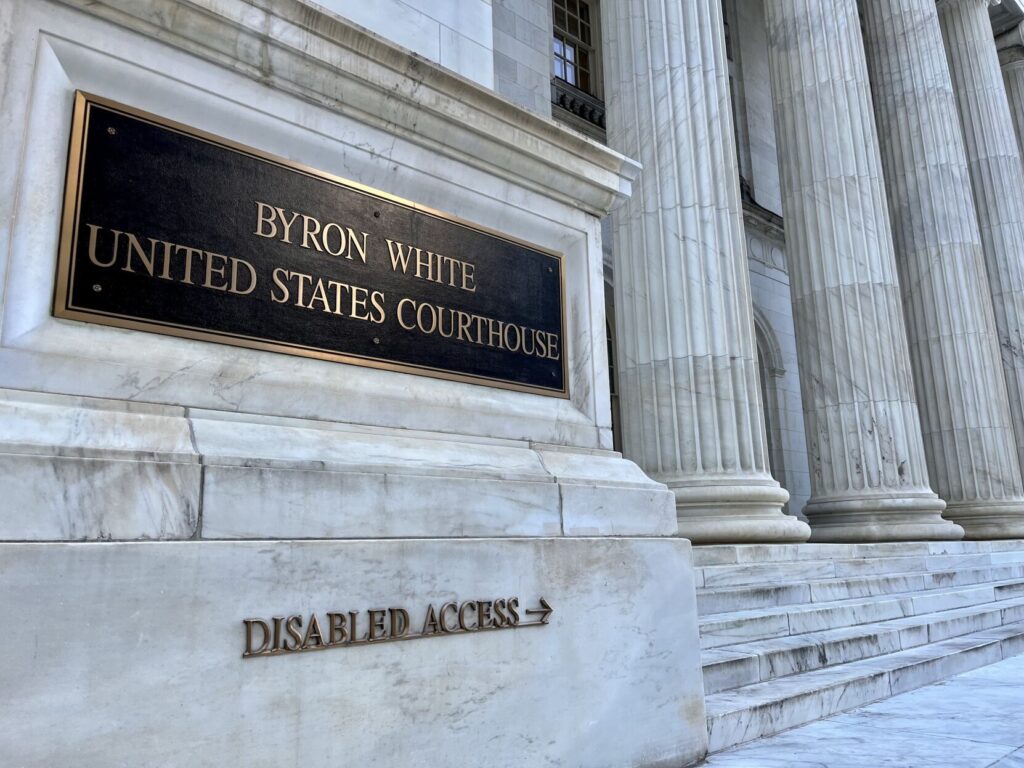Federal judge finds no hiring discrimination in lawsuit against state Judicial Department
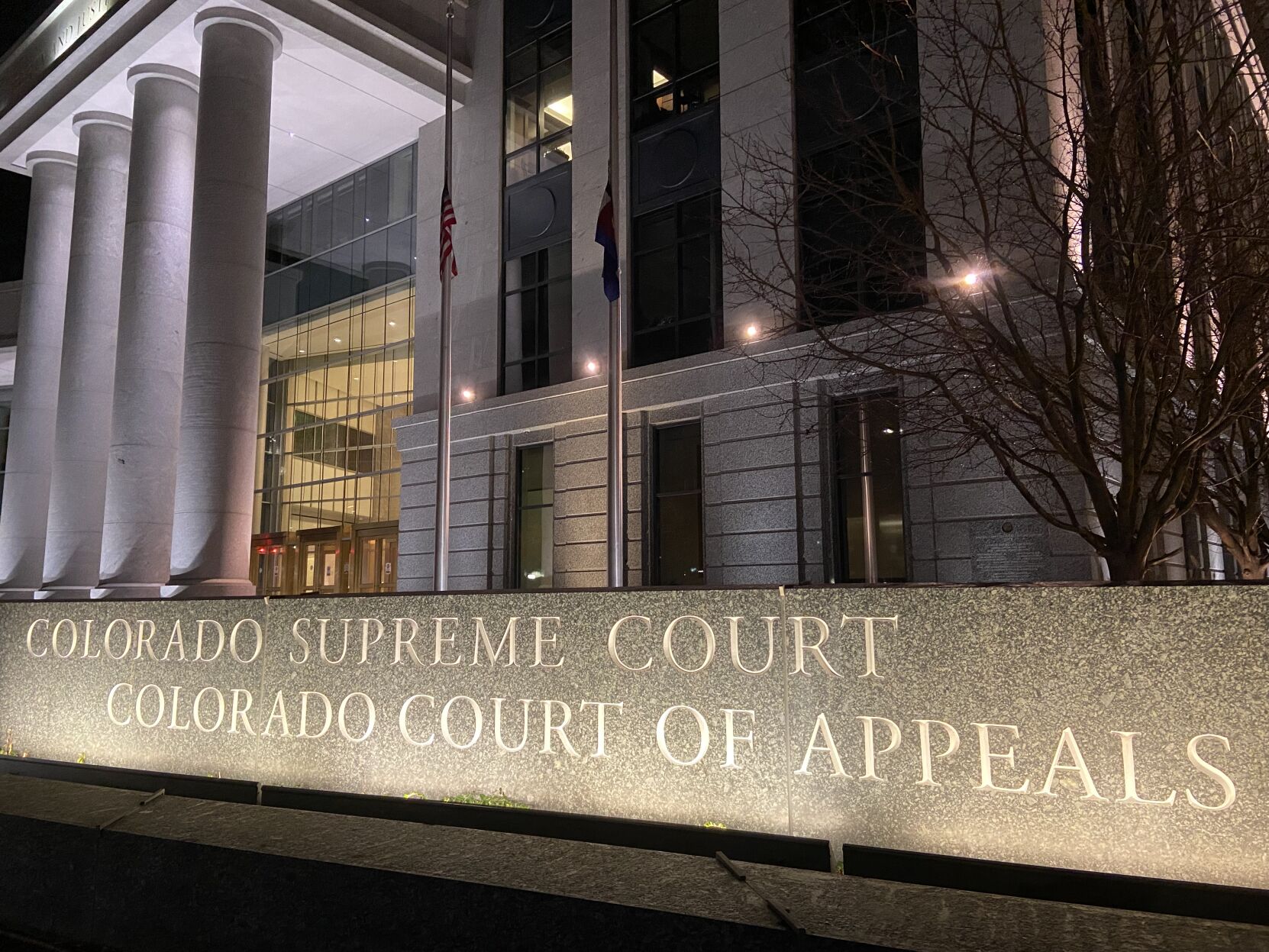
A federal judge found “definitively no” indication of discrimination from the state’s judicial branch after a Black job applicant claimed her race and age were the reason she was passed over for a job with the Colorado Supreme Court.
In dismissing the lawsuit of Michele D. Brown, U.S. Magistrate Judge Michael E. Hegarty observed that Brown’s fundamental argument was that she was the more qualified candidate for a staff attorney position that ultimately went to a younger, white applicant. Among the factors he considered were the noted imperfections in the hiring process and the differing interpretations for Brown’s failure to be hired.
However, Hegarty wrote in a Feb. 3 order, “were any of those, alone or in tandem, indicative of discrimination? I find the answer is definitively no.”
Brown, an attorney with the General Assembly’s Office of Legislative Legal Services, had sought $250,000 through her lawsuit, back pay, and for the court to order her placement into the position she failed to obtain in 2018.
“We’re going to appeal,” she told Colorado Politics. “We think there are a lot of factual issues that a jury should decide and not a judge.”
A spokesperson for the Judicial Department declined to comment.
The litigation provided a window into the state Supreme Court’s hiring protocols for high-level employees, including the personal participation of two justices. Brown had interviewed in mid-2018 for a staff attorney position, one of four at the court. Three of the existing attorneys had come from other positions within the judicial branch, one was a woman of color and another was older than 40.
The vacant position involved providing support to multiple rules committees, which blended complex legal research with various logistical and editorial tasks. Brown, who was in her sixties, had worked as a senior attorney for annotations for over two decades at the legislature, where she edited and proofread legal materials.
There were approximately 63 candidates for the opening, and the clerk of the Supreme Court narrowed the pool to 19. Of those, Justice Melissa Hart, who served on the hiring panel, selected eight people she wanted to interview. Justice Richard L. Gabriel, the other Supreme Court member on the panel, added two more, one of whom was Brown.
The panel consisting of the two justices, three of the four staff attorneys and the clerk of the Supreme Court ultimately chose Kathryn Michaels to fill the role. Michaels, a white woman, was in her thirties. Michaels had experience in the court’s law library and held a master’s degree with a specialization in legal research.
The panel unanimously backed Michaels, specifically pointing to her prior experience working with judges and a work history that was oriented toward the job description of the staff attorney. In contrast, members of the panel felt Brown did not sufficiently explain how her experience with the legislature would help her excel in the staff attorney job and did not appear to fully understand the position.
Brown, in turn, alleged irregularities: panel members “shredded” their interview notes. One staff attorney on the panel emailed Michaels interview advice. Gabriel asked an “inappropriate” question about Brown’s interest in the position.
“Ms. Michaels was provided with overwhelmingly differential treatment that assisted her candidacy,” wrote Brown, who represented herself in the lawsuit. “It cannot be disputed that Ms. Brown had more experience in working with Supreme Court rules than Ms. Michaels.”
The Judicial Department responded that it had legitimate, nondiscriminatory reasons for not hiring Brown.
“Justices Gabriel and Hart have devoted much of their careers to furthering diversity, equity, and inclusion, and to opening opportunities for minorities in the legal profession,” the Attorney General’s Office wrote to the federal court. “Put simply, Plaintiff has produced no evidence that would suggest race was a factor in plaintiff’s non-selection.”
Hegarty ticked through Brown’s grievances and explained how, in his view, they were either benign or not indicative of discrimination. Interview notes, for example, do not require preservation. Although Michaels did receive help and encouragement, multiple members of the hiring panel spoke with other interested applicants. Finally, Michaels was “objectively more experienced” in certain ways than Brown.
“It is not a close question. For each supposed irregularity, (the Judicial Department) offers a logical and understandable explanation that has nothing to do with intentional discrimination,” the magistrate judge wrote.
The one minor discrepancy Hegarty saw to have some merit was the job description’s requirement that applicants have an active law license. Michaels’ license was not active at the time she applied. The hiring panel did not deem that disqualifying, and felt that a person in her position would merely need to activate their license upon being hired.
Even with that potential misunderstanding, Hegarty added, the effect was not to disadvantage anyone on the basis of age or race.
The case is Brown v. Colorado Judicial Department.

michael.karlik@coloradopolitics.com


